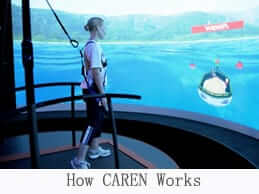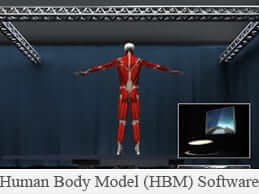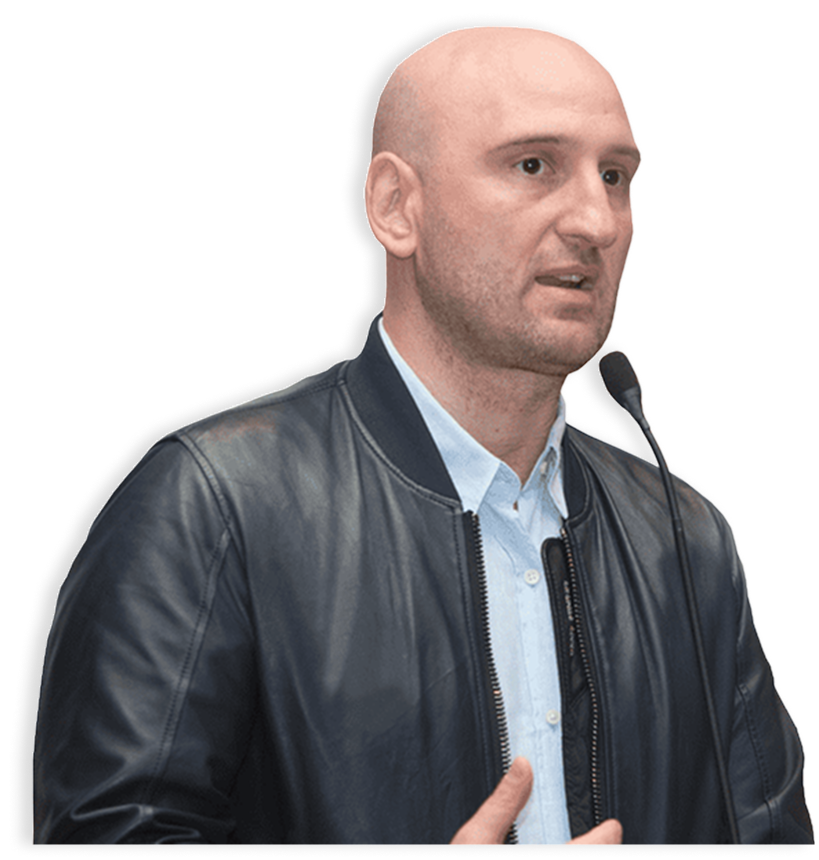The Effect of Computer Assisted Rehabilitation Environment (C.A.R.E.N)
August 11, 2023
Computer Assisted Rehabilitation Environment (C.A.R.E.N) is used to treat patients with a variety of neurological and orthopedic problems, such as back pain, poor balance and posture, gait (walking) disorders, etc.
C.A.R.E.N is also highly effective for sports trauma and pediatric rehabilitation.
C.A.R.E.N’s unique treatment is based on the following extraordinary features:
Virtual Environment
Virtual Environment techniques are used to manipulate environment interaction conditions therefore facilitating the learning process in both virtual and real environments.
Immersive Environment
Immersive environment enables the development of new movement strategies and unlearning the poor movement habits that arise due tory processes.
Movement Effect
Directing the patient’s attention to rapid recovery.
Motor imagery
Moto engage deep spinal musculature that is responsible for fine control of the dynamic posture and general stability of the spinal column.
Walking and Movement Parameters
All gait and other movement parameters are on display in real time for monitoring and intervention. This feature that has been available only in research labs is now offered in C.A.R.E.N.
-
- Dynamic maintenance and control of Center of Mass (COM). For example steering external objects using COM – while inside the Immersive Environment;
- Dynamic balance training;
- Kinesthetic awareness training;
- Dynamic training of specific muscle groups coordination based on the patient’s responses to constantly changing movement by the motion platform and movement in the virtual reality environment;
For example, waves’ direction, amplitude, frequency and gain can be opera-controlled enabling targeted response by the specific muscle groups.
- Evaluation and training of gait and dual tasking in the virtual environment.
For example, when running the Road application every bump and slope, simulated by the Motion Platform, is physically felt by the patient.
Dual tasking involves ‘hitting’ simulated flying objects that appear in the scenery
Below are 2 videos that demonstrate how C.A.R.E.N can be used to treat various orthopedic conditions, e.g. amputation, arthritis, whiplash, osteoporosis, joint replacement, diabetic foot conditions, lumbar and cervical disc disease, foot/ankle/knee injuries.
































